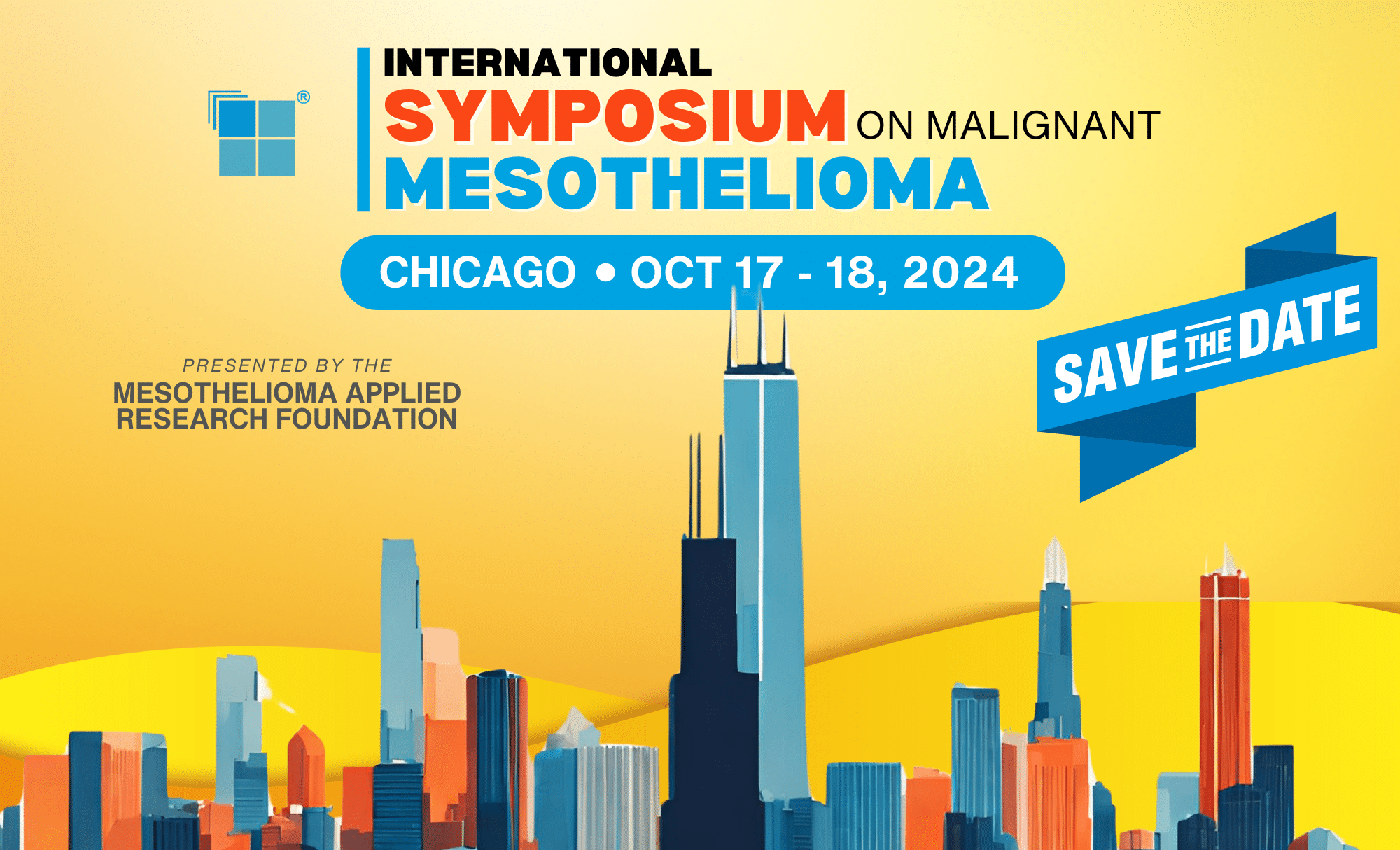Every year, the mesothelioma community comes together in September around Mesothelioma Awareness Day to raise awareness of this often neglected and not very well known cancer. Those unaffected by meso, may only know this cancer as something late-night (and these days even middle-of-the-day) TV commercials discuss. To shed light on it, and to raise awareness of the challenges those diagnosed with it face, we compiled a list of facts about mesothelioma that you may find useful as you talk about it with friends, neighbors, and your social media networks.
What is it?
Mesothelioma is a cancer of the lining of the lungs, chest, abdomen, or heart.
With treatment, survival after diagnosis, is a median of 12 months.
Only 5-8% of all mesothelioma patients live past 5 years after diagnosis.
45,221 Americans have died of mesothelioma between 1999 and 2015. The annual number of deaths was higher in 2015 than it was in 1999.
Mesothelioma is one of the least funded cancers by the National Cancer Institute.
Lack of research funding means limited treatment options and no early detection screenings available.
The Mesothelioma Applied Research Foundation has funded $11.1 million toward peer-reviewed research. Learn more about its research grant program.
What is the role of asbestos?
Asbestos exposure is a known risk factor for developing mesothelioma.
The latency period between asbestos exposure and development of mesothelioma is approximately 20-50 years. In other words, patients of today were likely exposed decades ago. And for patients of tomorrow exposure may have occurred recently, perhaps while renovating their kitchen or bath.
Despite regulations limiting use of new asbestos, and workplace protections, asbestos is still present in tens of millions of homes, government buildings, and schools and can be found naturally-occurring in the soil. It continues to be a risk to those who come into contact with it, including DIY weekend renovators.
When disturbed, asbestos particles become airborne and can be easily inhaled. No amount of exposure is deemed safe.
What can I do?
For thousands of Americans the damage is already done — they inhaled the asbestos years ago, or perhaps even just a week ago. Regardless, now it is our responsibility to invest in prevention research, and to make sure that if they develop mesothelioma, life-saving treatments and a cure are waiting for them.
Share these facts to raise awareness of mesothelioma and the continued dangers of asbestos. On our Mesothelioma Awareness Day page you can find more ways to become involved.





